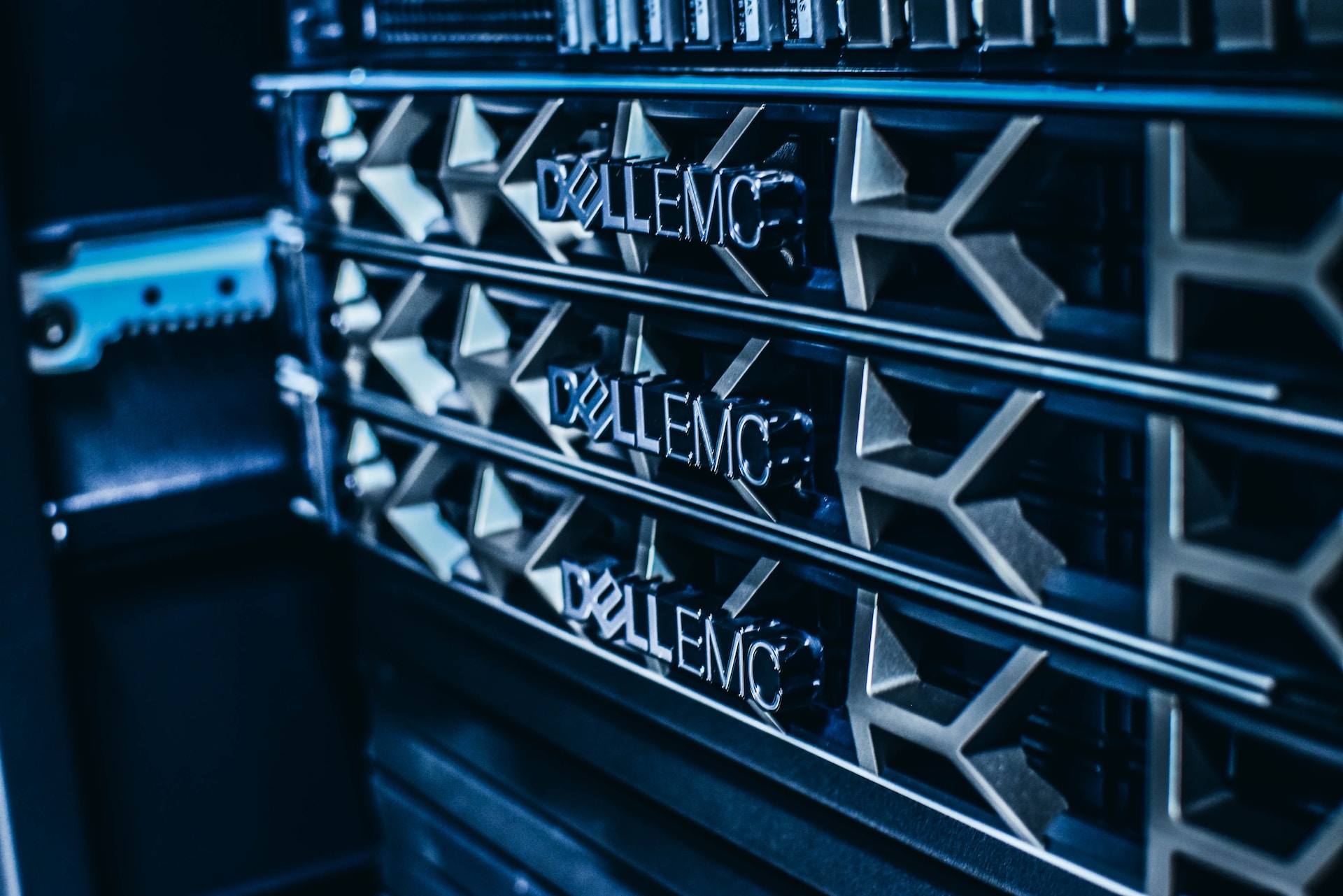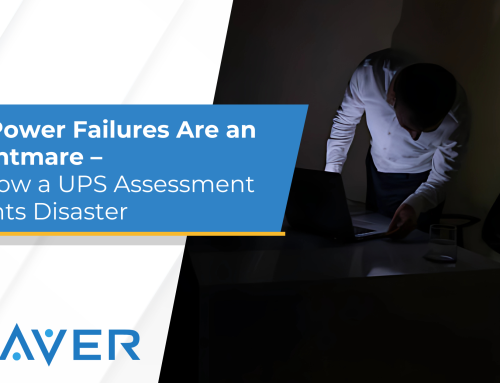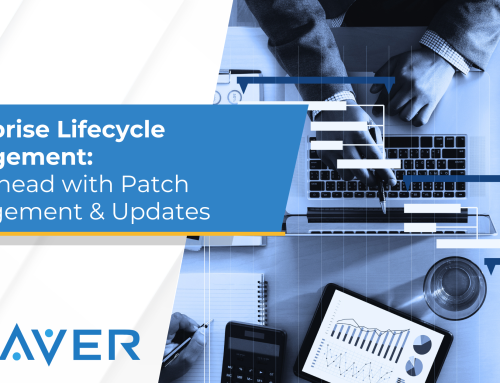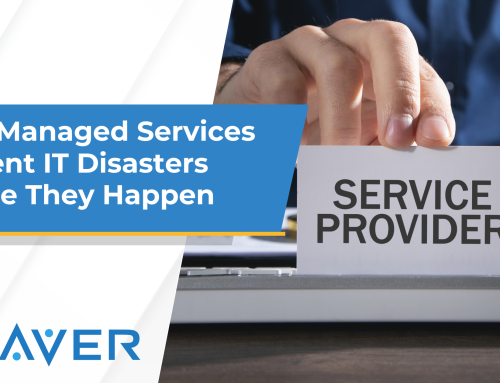In the digital age, the rise of multi-cloud environments has revolutionized how businesses operate. However, with this advancement comes an increased risk of cyber threats, particularly ransomware attacks. As such, cyber security has become a critical concern for businesses worldwide.
Navigating the Security Challenges of Multi-Cloud Environments
Multi-cloud environments offer numerous benefits, including increased flexibility, scalability, and resilience. However, they also introduce unique cybersecurity challenges. Each cloud service expands the potential attack surface for cyber threats, and managing security across multiple platforms can be complex.
One of the key challenges is maintaining visibility and control across all cloud platforms. Each cloud provider has its own set of security controls and configurations, making it difficult to maintain a consistent security posture. Businesses need to ensure they have a clear understanding of the security controls provided by each cloud service and how these controls can be effectively managed and monitored.
Another challenge is data security. Data may be stored and processed in multiple locations, and ensuring the confidentiality, integrity, and availability of this data across all cloud services is crucial.
To address these challenges, businesses can leverage solutions like VMware’s CloudHealth, which provides multi-cloud management capabilities, or Fortinet’s FortiGate, which offers a unified security solution across multiple cloud platforms.
With a clear grasp of the risks and strategic implementation of security measures, businesses can exploit the advantages of multi-cloud environments, all while keeping cybersecurity risks to a minimum.
The Importance of Endpoint Security in Multi-Cloud Environments
Endpoint security is a cornerstone of safeguarding multi-cloud environments. It focuses on securing the entry points of end-user devices, such as laptops and mobile devices, that connect to your network. Each of these devices could potentially serve as a gateway for cyber threats, making endpoint security a critical aspect of your cybersecurity strategy.
To enhance endpoint security, businesses can leverage advanced solutions from industry leaders like VMware, Dell, and Fortinet. For instance, VMware’s Carbon Black provides a next-generation antivirus combined with endpoint detection and response (EDR) capabilities. It uses machine learning and behavioral models to detect and prevent threats, offering cloud-native endpoint protection that scales to meet the needs of any organization.
Dell’s Secureworks, on the other hand, offers a managed endpoint protection service, combining the power of machine learning algorithms and threat intelligence to detect and respond to both known and unknown threats.
Fortinet’s FortiClient integrates with the Fortinet Security Fabric to provide real-time, automated visibility into endpoints, allowing for immediate identification and response to potential security breaches. It offers features like automated threat protection, customizability, and the ability to secure multiple endpoints, making it a robust solution for businesses operating in a multi-cloud environment.
Knowledge of these endpoint security solutions empowers businesses to make strategic decisions to fortify their multi-cloud environments against potential cyber threats.
Implementing Zero Trust Architecture
Zero Trust Architecture (ZTA) is a critical strategy for securing multi-cloud environments. It operates on the principle of “never trust, always verify,” which means it assumes threats can come from anywhere—both outside and inside the organization. This approach is particularly relevant in multi-cloud environments where data and applications are distributed across various platforms and services.
Implementing ZTA in a multi-cloud environment involves several steps. First, you need to define your protect surface, which includes identifying the data, applications, assets, and services that require protection. Next, you need to map the transaction flows of your protect surface to understand how data and services interact. Finally, you need to create a zero trust policy that dictates how access requests to your protect surface are handled.
Cisco’s Zero Trust solution can be instrumental in enforcing your zero trust policies. It provides comprehensive visibility across users, devices, applications, and networks, enabling businesses to verify every access request regardless of where it comes from. It also integrates with multi-factor authentication solutions to add an extra layer of security.
In addition to Cisco, other vendors like Microsoft with its Azure Active Directory, and Okta with its Identity Cloud, offer robust solutions that support the implementation of a Zero Trust Architecture. These solutions provide advanced features like adaptive access policies, risk-based conditional access, and integrated user and entity behavior analytics.
Utilizing these solutions allows businesses to establish a robust Zero Trust Architecture, bolstering security across their multi-cloud environments.
The Role of Cyber Threat Intelligence in Securing Multi-Cloud Environments
Cyber threat intelligence is a crucial component of a robust cybersecurity strategy, especially in multi-cloud environments. It involves collecting, analyzing, and interpreting information about potential or current attacks that threaten an organization. This intelligence can help businesses proactively identify and mitigate threats, enhancing their overall security posture.
These cyber threat intelligence solutions are essential in today’s digital landscape, where cyber attacks are becoming increasingly sophisticated and prevalent. FortiGuard’s use of artificial intelligence and machine learning sets it apart, as it can quickly adapt to new threats and provide proactive protection. Its intrusion prevention feature detects and blocks malicious activities, ensuring that networks remain secure.
While Fortinet’s FortiGuard is a top contender in the cyber threat intelligence space, it’s worth mentioning other notable vendors as well. Cisco’s Talos Intelligence Group provides real-time threat intelligence feeds, allowing businesses to stay updated on the latest threats and vulnerabilities. Microsoft’s Azure Sentinel offers advanced analytics, enabling organizations to detect and respond to threats more efficiently. Its security orchestration, automation, and response (SOAR) capabilities streamline incident response processes, saving valuable time and resources.
The availability of robust cyber threat intelligence solutions like FortiGuard, Talos Intelligence Group, and Azure Sentinel is crucial for businesses to stay ahead of cyber threats. These platforms offer a comprehensive range of features, from threat detection and prevention to real-time updates and incident response automation. By leveraging these solutions, organizations can enhance their security posture and protect their valuable assets from the ever-evolving threat landscape.
The Importance of Regular Cybersecurity Assessments and Audits
Implementing mitigation strategies is crucial to address vulnerabilities and ensure the security of your digital assets. One effective approach is to regularly patch software and keep it up to date. This helps to fix any known vulnerabilities and protect against potential threats. Additionally, adjusting configurations can further enhance security by ensuring that systems are properly configured and hardened against attacks.
Another important aspect of mitigation is to strengthen security controls. This can involve implementing measures such as access controls, encryption, and intrusion detection systems. By doing so, you can better protect your data and prevent unauthorized access.
To assist businesses in conducting these assessments and implementing mitigation strategies, various tools and platforms are available. Microsoft’s Azure Security Center is a highly recommended tool that offers advanced threat protection and integrated security.
It provides continuous security assessment, allowing you to monitor and detect any potential security issues in real-time. The secure score feature helps you evaluate your security posture and provides recommendations for improvement. Additionally, the threat protection feature helps to identify and respond to threats effectively.
Apart from Azure Security Center, other vendors like AWS and VMware also offer robust solutions for conducting cybersecurity assessments. AWS Security Hub provides automated compliance checks, allowing you to ensure that your systems meet industry standards and regulations. It also offers integrated threat intelligence, which helps you stay updated on the latest threats and vulnerabilities. Similarly, VMware’s vRealize Suite offers security analytics, enabling you to analyze and monitor security events across your multi-cloud environment.
By leveraging these tools and platforms, businesses can maintain a strong security posture and effectively mitigate vulnerabilities. Regular assessments, patching, configuration adjustments, and the implementation of security controls are essential steps in safeguarding your digital assets and protecting against potential cyber threats.
Wrapping Up
As we’ve seen, securing multi-cloud environments requires a comprehensive approach, encompassing endpoint security, zero trust architecture, cyber threat intelligence, and regular cybersecurity assessments.
By understanding and implementing these best practices, businesses can protect their multi-cloud environments and ensure their continued success in the digital age.
Securing a multi-cloud environment can be a complex task, but you don’t have to do it alone. At Weaver Technologies, we offer a range of cyber security services to help businesses protect their digital assets. Contact us today to learn more about how we can help you secure your multi-cloud environment.







